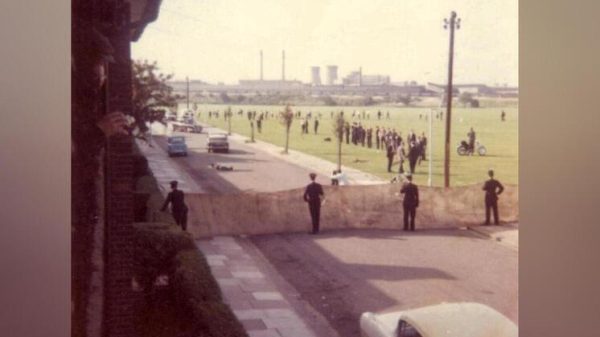Please note: these are government figures on numbers of confirmed cases – some people who report symptoms are not being tested, and are not included in these counts.
Coronavirus has hit the UK hard, with the country recording hundreds of thousands of cases and over 40,000 deaths linked to the disease. England faced Europe’s highest excess death levels during the first wave of the pandemic.
Where are the UK’s current coronavirus hotspots?
At the start of the pandemic, London bore the brunt of coronavirus’s impact.
Since then, however, the centre of the virus has shifted. A number of areas have been placed under tighter restrictions because of increased infection rates since July, although some of these measures have now been lifted as cases fell.
These include Aberdeen, Glasgow, Leicester, Luton, Northampton, Greater Manchester, east Lancashire, Preston and West Yorkshire.
Cases in the UK peaked in early April, before beginning to fall from May to early July. Since then, there has been an uptick in daily cases – although some of this can be attributed to increased testing and targeted testing in coronavirus outbreak areas.
Deaths peaked at the same time, with over 1,000 daily deaths seen on some days in April.
The chart below shows the areas that have had the highest daily peaks of new Covid-19 cases. Despite a first peak at the start of April, notably in Birmingham and Sheffield, cases in all areas were falling in May.
By July, several areas saw an uptick in cases as lockdown measures were lifted – with Leicester and areas of north-west England seeing restrictions reimposed.
Find coronavirus cases near you
Other areas have had less dramatic peaks of infection. Find the cases curve in your own area by typing into the search bar below.






















































Свежие комментарии